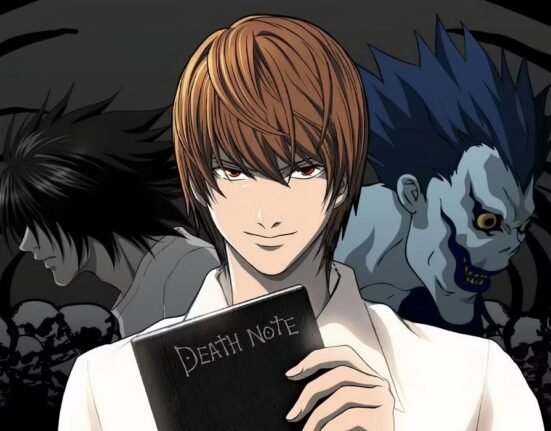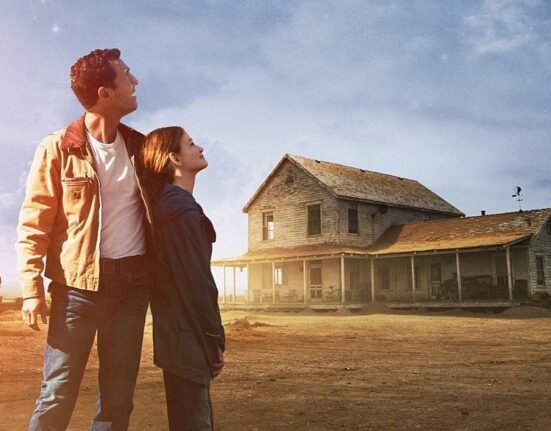Many have experienced a creepy, eerie feeling around clowns, often reporting anxiety and fear in their presence. These reactions can stem from various social and psychological factors. Their unsettling makeup and exaggerated facial features are covered by a weird mask, making clowns seem strange. In the past clowns played roles in theatre and court entertainment, serving as jesters or fools who could speak truth to power through wit.
A clown is a performer known for entertaining audiences with humour, physical comedy, and with bright costumes and makeup. Clowns traditionally wear colourful, oversized clothing, wigs, and face paint, including features like red noses and exaggerated smiles. Their performances can include slapstick comedy, juggling, magic tricks, mime, and acrobatics.
Read More: From Gabbar to Voldemort: Why Villains Are So Important?
Clowns are commonly found in circuses and street entertainment, and later people started hiring them for birthday parties. One distinctive feature of clowns is deindividuation When someone puts on a clown costume, their real identity is hidden. Therefore when people see something different, unusual about clowns.
Origin of creepy clown
In 1878, American serial killer and rapist John Wayne Gacy became popular as the Killer Clown, as it was discovered he had been performing as Pogo the Clown at multiple children’s parties and other events; however, Gacy did not commit his crimes while wearing his clown costume. This case enlisted a fear among many people and parents therefore introducing the evil clown archetype.
By the 1980s, there was also a rising fear of child abductions and stranger danger, was introduced. High-profile cases of child abductions, stoked parental fears, transforming the image of an adult clown into a potential threat, as many abductors wore masks. This fear increased by Stephen King’s 1986 novel *It* and its subsequent TV adaptation, featuring Pennywise, the sinister clown who preys on children. The modern archetype of the evil clown was popularized by the DC Comics supervillain Joker starting in the 1940s.
This era marked the transition of clowns from symbols of fun to figures of fear. Another example is a series of mock comic books on the pages of the magazine, titled “Evil Clown”, which featured a malevolent character named Frenchy the Clown.
Clown phobia or Coulrophobia
The irrational and extreme fear of clowns is called Coulrophobia. Up to 10% of adults are afraid of clowns. Approximately 10 out of 1,000 hospitalized children were found to be scared of the clowns the hospital sent in to make them feel better.
Cause
According to certain research, people are more likely to develop any phobia if they have a family member who suffers from a phobia or any other kind of anxiety, and mental illness. Therefore this implies that phobias could be influenced by family members who exhibit the below-mentioned symptoms as a reaction to clowns. This phobia usually developed as a result of early negative encounters the individual had with clowns, for example, a child might have been scared of his wits during a Halloween event.
Another hypothesis holds that children who are not directly exposed to clowns are instilled with a hatred or fear of them due to the hype that the media has built around wicked clowns. According to one study, depictions of creepy clown figures contribute to increasing anxiety and dread of clowns.
Symptoms
When encountering clowns or clown masks in movies or at birthday parties, a cascade of physical reactions often follows rapid breathing, increased heart rate, panic, and even terror. Paleness, sweating, and nausea may ensue, accompanied by trembling hands and difficulty sleeping due to bad dreams. These symptoms arise from a fear response triggered by adrenaline, even though clowns themselves aren’t inherently threatening. Overcoming this fear involves understanding and managing the body’s natural reactions to perceived dangers that, in reality, pose no harm.
Coulrophobia is not listed as a phobic disorder in the Diagnostic and Statistical Manual of Mental Disorders (DSM) by the American Psychiatric Association (APA). Diagnostic standards for it are not predetermined.
Management of Coulrophobia
Exposure therapy:
It includes a gradual exposure to objects and situations like clown masks, movies, and later a clown. The goal is to desensitize you to the fear-causing stimulus. Starting with less intimidating forms of clowns and increasing the intensity over a period, this exposure must take place in a safe and controlled environment with the presence of mental health professionals.
Anti-anxiety drugs:
These drugs will help make you feel less anxious in specific circumstances, such as on Halloween when a lot of people dress up as clowns or in movies. The drug will only be recommended to you by a psychiatrist if your symptoms are unmanageable and hinder your daily life.
Avoiding Clowns:
Often the most common way to manage the fear is, by avoiding the situation altogether. Avoiding circuses and particular movies, therefore you are removing all fear-inciting stimuli
Cognitive-behavioural therapy (CBT):
CBT when combined with exposure treatment. You can alter your perception of clowns and reaction to anxiety-inducing stimuli. A professional will help you understand the root cause of this fear and what are the triggers. Over a period your therapist might show you how irrational the fear caused by clowns is.
The perception of clowns has shifted from entertainers to figures of fear. This is due to the influence of social, economic, and cultural factors like the decline of circuses, the media’s depiction of clowns like Stephen King’s Pennywise, and real-life criminal cases such as John Wayne Gacy. Coulrophobia, the fear of clowns, affects a significant portion of adults and children, with symptoms ranging from anxiety to panic attacks. This fear is caused by negative experiences with clowns. Managing this fear involves exposure therapy, cognitive-behavioural therapy, medication, and avoidance strategies. Understanding these dynamics helps in effectively addressing and overcoming the fear of clowns.
References +
- Van Houtem CM, Laine ML, Boomsma DI, Ligthart L, van Wijk AJ, De jongh A. A review and meta-analysis of the heritability of specific phobia subtypes and corresponding fears. J Anxiety Disord.2013;27(4):379-88. doi:10.1016/j.janxdis.2013.04.007
- Meiri N, Schnapp Z, Ankri A, et al. Fear of clowns in hospitalized children: Prospective experience. Eur J Pediatr. 2017;176(2):269-272. doi:10.1007/s00431-016-2826-3
- American Psychiatric Association. Diagnostic and Statistical Manual of Mental Disorders. 5th ed. American Psychiatric Association; 2013.
- Thompson A. Spiders, Clowns and Great Mole Rats:Over 150 Phobias That Will Freak You Out, from Arachnophobia to Zemmiphobia. Ulysses Press. 2019.













Leave feedback about this